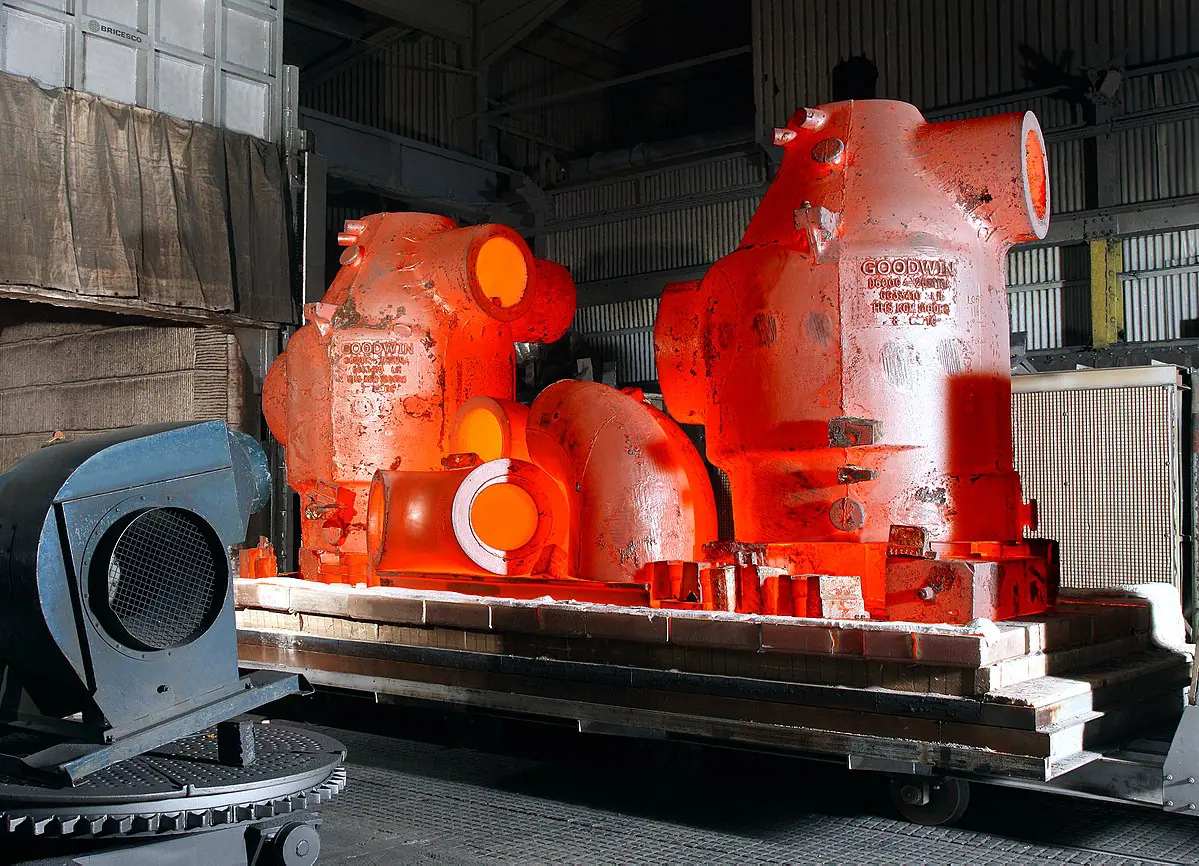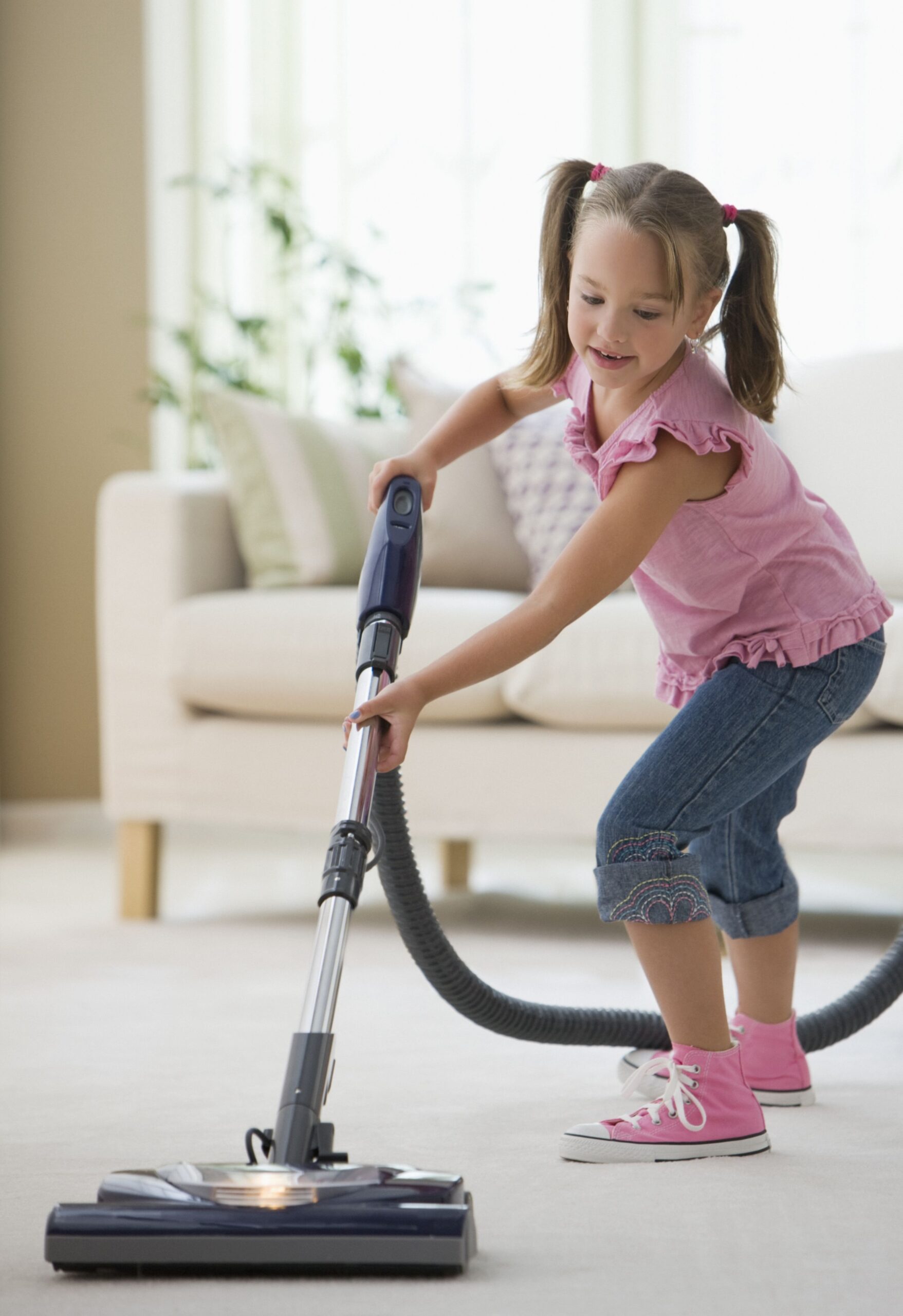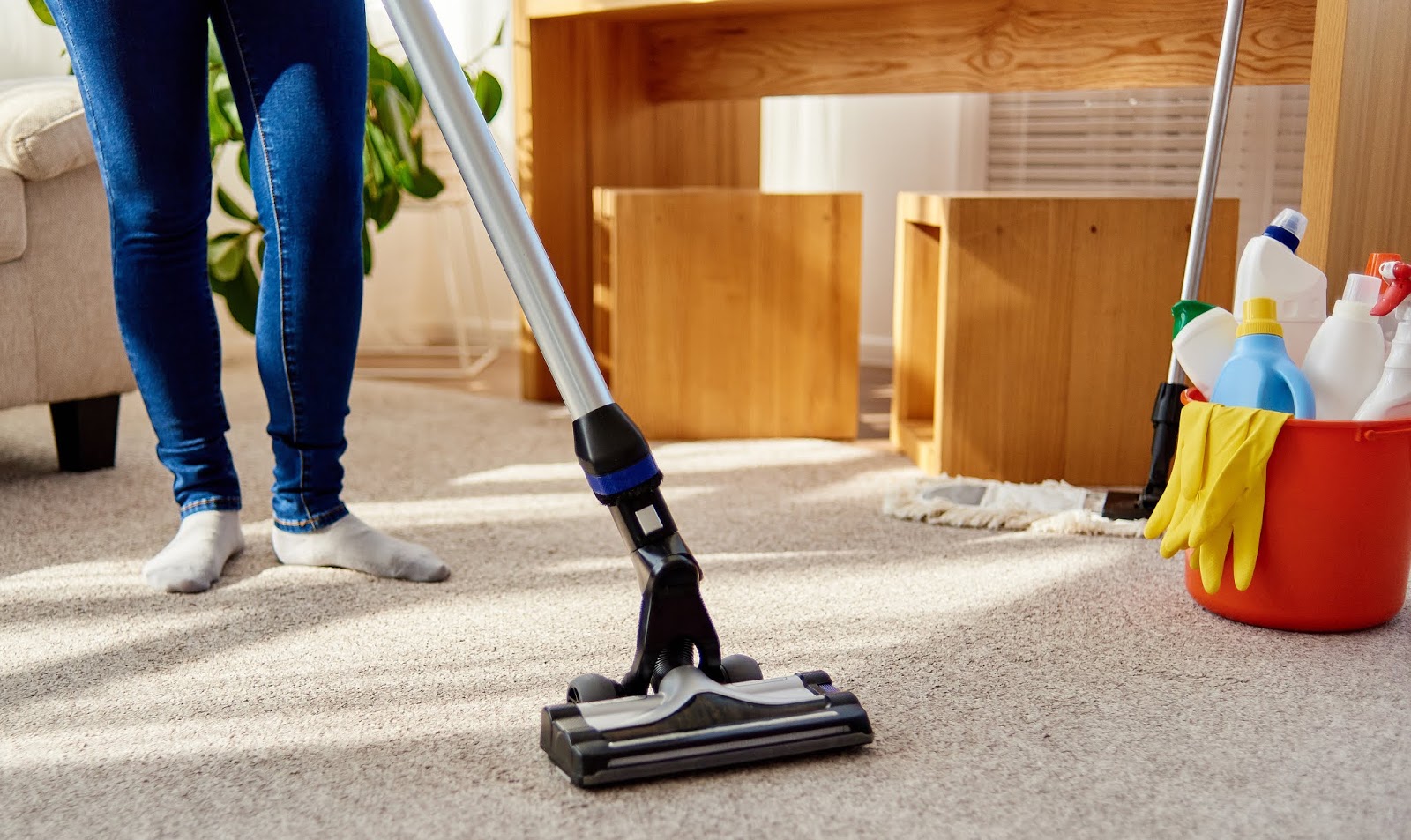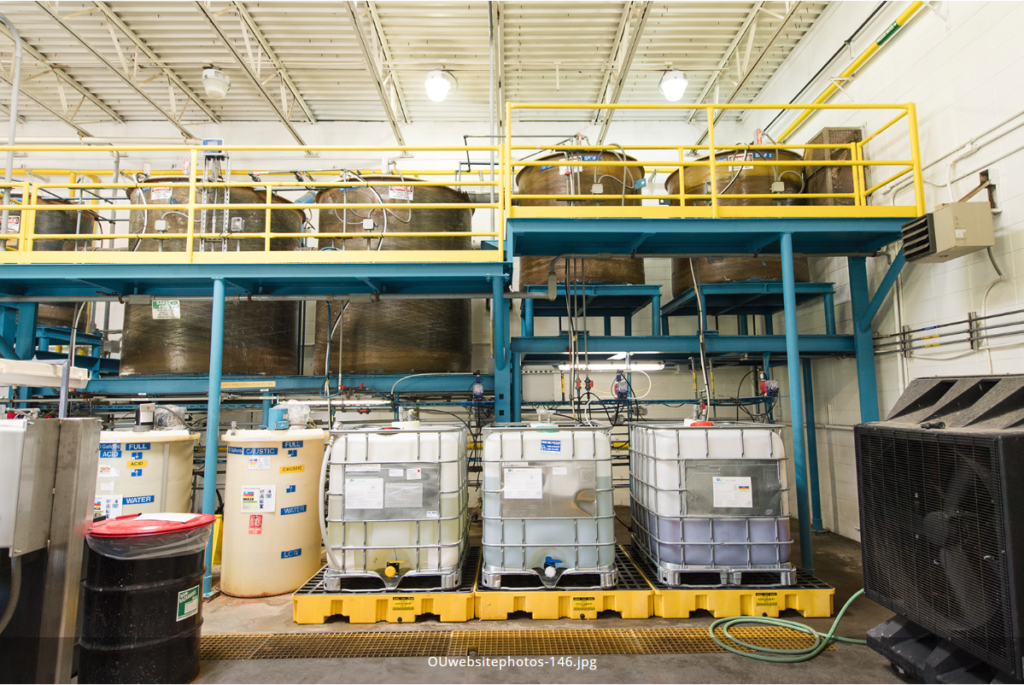Steam Cleaning
Steam cleaning is one of the most effective methods for sterilizing a mattress after a bed bug infestation. The high temperature of the steam can kill bed bugs and their eggs on contact, making it a viable option for eliminating these pesky pests. To steam clean a mattress, you will need a handheld steamer or a steam cleaner specifically designed for mattresses. Start by vacuuming the mattress to remove any debris and then use the steamer to thoroughly go over the entire surface of the mattress, paying extra attention to the seams and folds where bed bugs like to hide. Make sure to follow the manufacturer's instructions for the steamer and allow the mattress to dry completely before use.
Heat Treatment
Another effective method for sterilizing a mattress after bed bugs is heat treatment. This involves exposing the mattress to high temperatures that bed bugs cannot survive. There are a few different ways to heat treat a mattress, such as using a steam cleaner, placing the mattress in a hot dryer, or using a specialized heating device. Whichever method you choose, it is important to monitor the temperature and ensure that it stays above 120°F for at least 90 minutes to effectively kill all bed bugs and their eggs.
Vacuuming
Regular vacuuming is an important step in sterilizing a mattress after bed bugs. Not only does it help to remove any remaining bed bugs or eggs, but it also eliminates any dead skin cells, dust, and debris that can attract bed bugs. Use a vacuum with a HEPA filter to ensure that all bed bugs and their eggs are effectively removed from the mattress. It is recommended to vacuum the mattress at least once a week to keep it clean and bed bug-free.
Chemical Treatment
Chemical treatment can also be used to sterilize a mattress after bed bugs. There are many different types of insecticides and pesticides available for this purpose, but it is important to choose one that is specifically designed for bed bugs. Follow the instructions carefully and use caution when applying any chemicals to your mattress. It is also recommended to use a mattress encasement after chemical treatment to prevent any residual chemicals from coming into contact with your skin.
Encasement
A mattress encasement is a protective cover that fully encloses the mattress and prevents bed bugs from entering or escaping. It is a recommended step in sterilizing a mattress after bed bugs, as it not only traps any remaining bed bugs inside the mattress, but it also makes it easier to detect and eliminate any future infestations. Make sure to choose an encasement that is specifically designed for bed bugs and is made of a durable and tear-resistant material.
Disposal of Infested Items
In severe cases of bed bug infestations, it may be necessary to dispose of infested items, including the mattress. This is a last resort option and should only be done after all other methods have been attempted. If you need to dispose of a mattress, make sure to wrap it in plastic and clearly label it as infested before disposing of it in a sealed dumpster or trash receptacle. It is important to follow the proper disposal guidelines in your area to prevent the spread of bed bugs to others.
Professional Extermination Services
If you are unable to effectively sterilize a mattress after a bed bug infestation on your own, it may be necessary to hire professional extermination services. These experts have the knowledge, experience, and specialized equipment to effectively eliminate bed bugs and ensure that your mattress is thoroughly sterilized. They may use a combination of methods, such as heat treatment, steam cleaning, and chemical treatment, to fully eradicate bed bugs and prevent future infestations.
DIY Mattress Sterilization Techniques
While it is recommended to seek professional help for severe bed bug infestations, there are some DIY mattress sterilization techniques that can be effective for smaller infestations. These can include using natural remedies, such as essential oils or diatomaceous earth, to repel and kill bed bugs. It is important to thoroughly research and follow proper instructions when using DIY methods, as they may not be as effective as professional treatments.
Preventative Measures to Avoid Bed Bugs
Once you have successfully sterilized your mattress after a bed bug infestation, it is important to take preventative measures to avoid future infestations. This can include regularly inspecting your mattress and bedding for any signs of bed bugs, using mattress encasements, and practicing good hygiene by washing bedding regularly. It is also important to be cautious when traveling and to thoroughly check for bed bugs in hotel rooms or other accommodations to prevent bringing them into your home.
Follow-Up Inspections and Treatments
Even after successfully sterilizing a mattress after a bed bug infestation, it is important to continue regular follow-up inspections and treatments to ensure that the bed bugs have been completely eliminated. It can take multiple treatments to fully eradicate bed bugs, so it is important to be diligent and persistent in your efforts. If you continue to experience bed bug issues, it may be necessary to seek professional help again to fully eliminate the infestation.
Sterilizing Your Mattress After a Bed Bug Infestation

The Importance of Thorough Mattress Sterilization
 If you have experienced a bed bug infestation, you know how frustrating and stressful it can be. These tiny pests can quickly multiply and take over your home, causing discomfort and potential health hazards. While getting rid of the bed bugs is the first priority, it is crucial to also properly
sterilize your mattress
to prevent a re-infestation and ensure the safety of your household.
If you have experienced a bed bug infestation, you know how frustrating and stressful it can be. These tiny pests can quickly multiply and take over your home, causing discomfort and potential health hazards. While getting rid of the bed bugs is the first priority, it is crucial to also properly
sterilize your mattress
to prevent a re-infestation and ensure the safety of your household.
The Dangers of Bed Bugs in Your Mattress
 Bed bugs are not just annoying, but they can also pose a threat to your health. These blood-sucking insects can leave itchy bites on your skin and may even cause allergic reactions in some individuals. They can also carry and transmit diseases, making it crucial to get rid of them as soon as possible.
Properly sterilizing your mattress
after a bed bug infestation is essential to eliminate any remaining bugs and their eggs, preventing a re-infestation and potential health risks.
Bed bugs are not just annoying, but they can also pose a threat to your health. These blood-sucking insects can leave itchy bites on your skin and may even cause allergic reactions in some individuals. They can also carry and transmit diseases, making it crucial to get rid of them as soon as possible.
Properly sterilizing your mattress
after a bed bug infestation is essential to eliminate any remaining bugs and their eggs, preventing a re-infestation and potential health risks.
Steps to Sterilize Your Mattress
 When it comes to
sterilizing your mattress
, it is crucial to be thorough and follow the necessary steps to ensure the best results. Here are some steps to properly sterilize your mattress after a bed bug infestation:
Step 1: Vacuum Thoroughly
The first step in sterilizing your mattress is to vacuum it thoroughly. Use a vacuum with a high-efficiency particulate air (HEPA) filter to effectively remove any dead bed bugs, eggs, and fecal matter. Be sure to also vacuum the surrounding areas, including your bed frame, headboard, and baseboards.
Step 2: Steam Clean
After vacuuming, use a steam cleaner to
sterilize your mattress
. The high temperatures of the steam will kill any remaining bed bugs and their eggs. Be sure to cover the entire surface of the mattress, including the seams and edges.
Step 3: Use a Mattress Encasement
Once your mattress has been vacuumed and steam cleaned, consider using a mattress encasement to prevent any future infestations. These covers are designed to trap any remaining bed bugs and prevent them from escaping or feeding on you.
Step 4: Wash and Dry Bedding
It is crucial to wash all bedding, including sheets, pillowcases, and comforters, in hot water and dry them on high heat. This will kill any bed bugs or eggs that may be hiding in your bedding.
Step 5: Regularly Inspect and Clean
To ensure that your mattress remains bed bug-free, it is essential to regularly inspect and clean it. Vacuum and steam clean your mattress at least once every few months, and be sure to check for any signs of bed bugs, such as blood stains or fecal matter.
When it comes to
sterilizing your mattress
, it is crucial to be thorough and follow the necessary steps to ensure the best results. Here are some steps to properly sterilize your mattress after a bed bug infestation:
Step 1: Vacuum Thoroughly
The first step in sterilizing your mattress is to vacuum it thoroughly. Use a vacuum with a high-efficiency particulate air (HEPA) filter to effectively remove any dead bed bugs, eggs, and fecal matter. Be sure to also vacuum the surrounding areas, including your bed frame, headboard, and baseboards.
Step 2: Steam Clean
After vacuuming, use a steam cleaner to
sterilize your mattress
. The high temperatures of the steam will kill any remaining bed bugs and their eggs. Be sure to cover the entire surface of the mattress, including the seams and edges.
Step 3: Use a Mattress Encasement
Once your mattress has been vacuumed and steam cleaned, consider using a mattress encasement to prevent any future infestations. These covers are designed to trap any remaining bed bugs and prevent them from escaping or feeding on you.
Step 4: Wash and Dry Bedding
It is crucial to wash all bedding, including sheets, pillowcases, and comforters, in hot water and dry them on high heat. This will kill any bed bugs or eggs that may be hiding in your bedding.
Step 5: Regularly Inspect and Clean
To ensure that your mattress remains bed bug-free, it is essential to regularly inspect and clean it. Vacuum and steam clean your mattress at least once every few months, and be sure to check for any signs of bed bugs, such as blood stains or fecal matter.
Conclusion
 In conclusion,
sterilizing your mattress after a bed bug infestation
is crucial to eliminate any remaining bugs and prevent a re-infestation. By following these steps and regularly inspecting and cleaning your mattress, you can ensure the safety and comfort of your household. Don't let bed bugs take over your home – take action and properly sterilize your mattress today.
In conclusion,
sterilizing your mattress after a bed bug infestation
is crucial to eliminate any remaining bugs and prevent a re-infestation. By following these steps and regularly inspecting and cleaning your mattress, you can ensure the safety and comfort of your household. Don't let bed bugs take over your home – take action and properly sterilize your mattress today.




/steam-cleaner-838937998-5a95d2fa18ba010037e484ac.jpg)
:max_bytes(150000):strip_icc()/cleaning-tile-grout-with-steam-4125933_07-fad8b57de10d426aa1f9f7bf096bb35c.jpg)


































.jpg#keepProtocol)


















































































